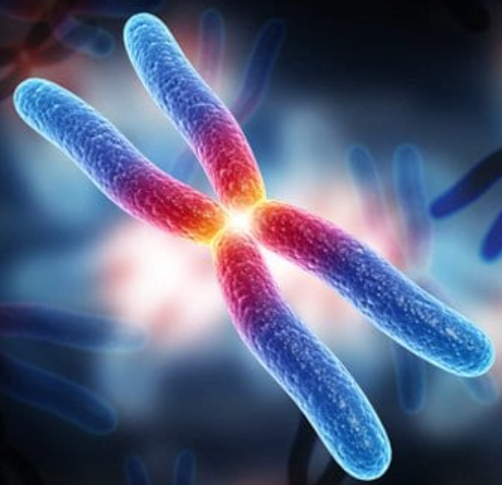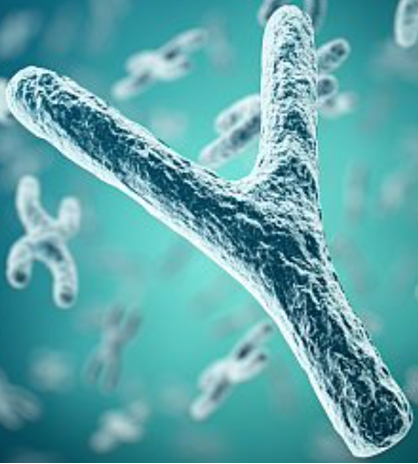The oncosuppressors are genes that upon mitogenic signals inform the cell to terminate its own proliferation.
Compared to oncogenes, which are haploinsufficient, oncosuppressors are haploinsufficient, so two mutation events affecting both copies of the gene are required to alter their function; if both copies of the gene are mutated, the mutation is called “loss of function” in technical jargon.
A single rescuing event on the mutated oncosuppressor will be sufficient to restore proper function.
p53 is an oncosuppressor gene that produces the homologous protein that in the mutated form is present in about 50% of tumors.
This protein has several cellular functions:
- it directly binds DNA;
- it is the site where signals of various kinds converge;
- it mediates cell blockade in G1.
It is activated by various signals:
- DNA damage, oxidative stress, telomere loss. Telomere length is critical because shortening them ensures that the cell divides an unlimited number of times;
- oncogenes, such as MYC, which activate oncosuppressors when the cell no longer needs to divide.
Once it is activated p53 stimulates different cellular responses:
- it mediates cell blockade in G1 phase of the cell cycle, DNA damage is repaired, and the cell cycle is resumed;
- in case the damage cannot be repaired, the cell goes into apoptosis, programmed cell death;
- it mediates the cell’s transition to senescence.
Interaction between p53 and mdm2
Mdm2 is a protein encoded by the oncogene of the same name and binds p53 by inducing its ubiquitination, that is its elimination. In tumors in which mdm2 has excessive activity we see excessive elimination of p53 and consequently tumor development is present.
Experiments have been carried out in a mouse model with different p53 expression for potential anti-tumor use.
It was seen that in the case of lack of p53, thus knock-out, proliferation was uncontrolled and multiple tumors developed at an early age; in the case of over expression of p53, early aging was present.
Optimal levels of p53 should be identified to balance the risk between premature aging and cancer occurrence.




